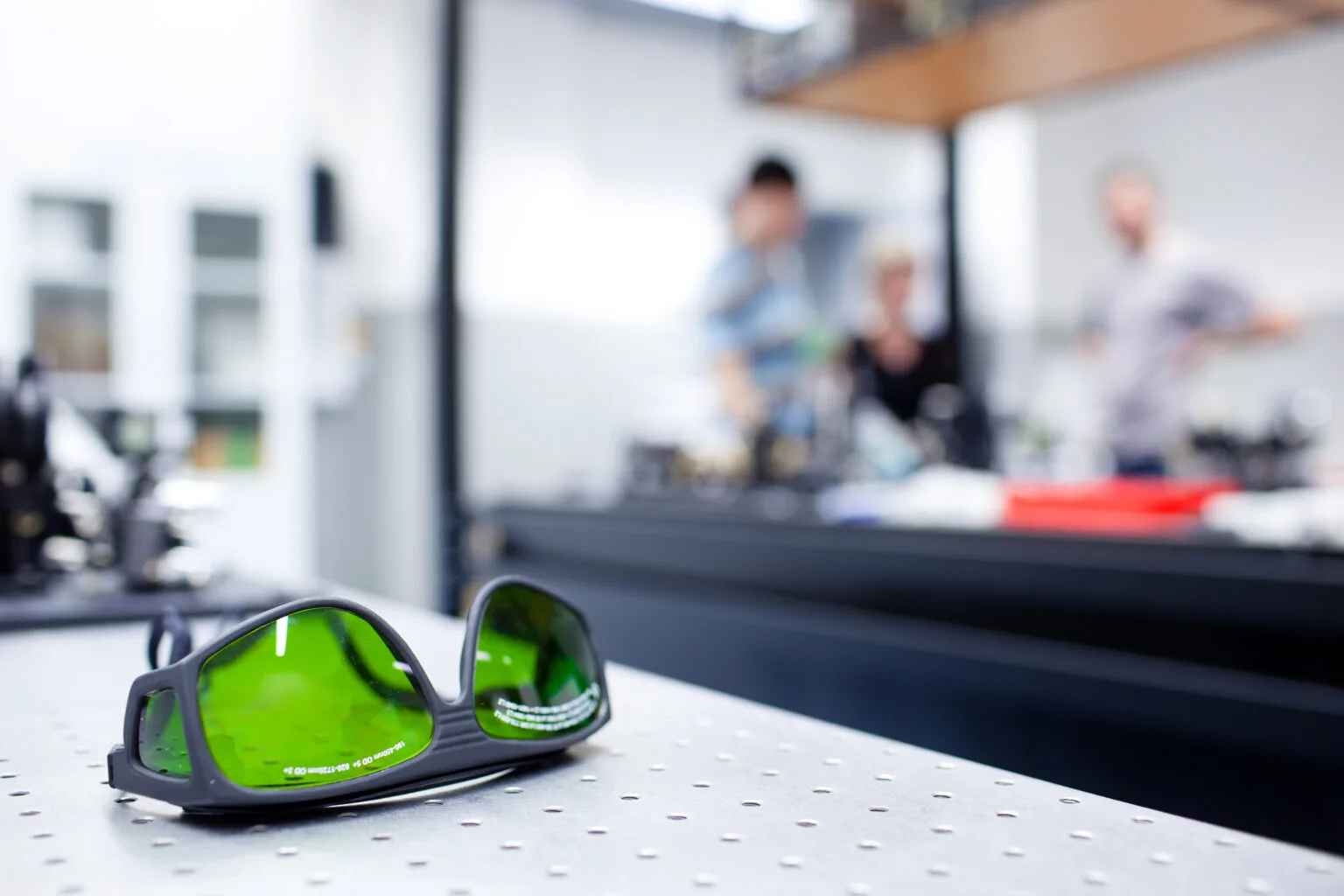OUR BLOG
- NOVALUNE LASER
- .
FDA Clearance for Aesthetic Lasers: Does It Matter?

In the past few decades, the rise of advanced laser technology has completely transformed the beauty industry, from hair removal treatments to skin rejuvenation and more. But many consumers may wonder – are these devices safe? And where does FDA clearance/approval come into play? In this post, we will explore what FDA clearance actually means, how devices obtain this clearance, and why it matters to you as a potential user of these beauty products.
Understanding FDA Clearance
The U.S. Food and Drug Administration (FDA) aims to protect public health and safety by regulating the things we put into and use on our bodies, from our food supply to cosmetics to medical devices. When aesthetic lasers receive FDA clearance, this indicates that the device has been deemed safe and effective for its intended purpose.
There are two main ways that a medical device can qualify for FDA clearance.
- Premarket Notification (510k): This (more common) scenario occurs when a device is shown to be “substantially equivalent” to another device on the market that has already been approved by the FDA.
- Premarket Approval (PMA): This more stringent process requires rigorous clinical testing to be performed on the given device to ensure that it is both safe and effective.
Why FDA Clearance Matters
- Safety: When it comes to laser hair removal, the last thing you want to be worried about is whether or not the device is safe to use on your skin. With FDA clearance comes some peace of mind that potential risks such as burns, scarring, or other adverse effects have been minimized based on clinical data.
- Efficacy: Devices cleared by the FDA must not only be safe; they must also be efficacious. In other words, the FDA must find that the aesthetic laser can deliver on its promised results, whether this is hair removal, hair regrowth, or anti-aging benefits.
- Regulatory Compliance: When a manufacturer receives FDA clearance, this means that they adhere (and must continue to comply with) strict regulatory requirements. Devices with FDA clearance undergo quality control, manufacturing practices, and post-market surveillance that make them less likely to malfunction or suffer from inconsistent performance.
- Consumer Confidence: Let’s be real – if you know that a device has received approval from the FDA, you are probably more likely to place trust in this product. And you are not wrong to do so! Devices with FDA clearance have undergone rigorous evaluation (or are similar enough to other devices that have gone through this testing) and meet high standards of safety and effectiveness. This mark of trust is especially important in the beauty industry, where defective devices can cause permanent and visible damage.
- Legal Protection: FDA clearance is not just important for consumers; it is also crucial for practitioners looking to avoid potential lawsuits. Unfortunately, adverse outcomes can always happen, even with the safest of devices. In these situations, having used an FDA-cleared device can prove to be a strong defense if a client chooses to pursue legal action.
Understanding the FDA Classification Tiers
The FDA classifies medical devices into three tiers – class I, class II, and class III – based on the level of risk associated with proper use of the device. Because devices that fall into classes I and II pose less risk to users, their FDA “clearance” process is much quicker than the approval process needed for a class III device.
While class I devices may be used in medical settings, they pose little to no risk. For example, a tongue depressor or heating pad might be classified as class I devices.
Class II devices pose moderate risk and must be approved through the 510(k) process. Lasers in hair removal, tattoo removal, skin resurfacing, and photo facials fall into this category. When a manufacturer is launching a class II device, they can use the 510(k) process to show that said device is “substantially equivalent.” In other words, while their device is likely innovative in some way, it is similar enough to existing, FDA-approved technology that extensive and additional testing is unnecessary to prove that it’s safe for practitioners and their patients.
Class III devices pose a high risk to patients – for example, pacemakers and heart valve replacements would fall into this category. Only 10% of medical devices fall into the class III category and are typically limited to smart devices, permanent implants, or life support systems. Not only do these devices take much longer to reach the consumer market due to extensive regulatory requirements, but they typically carry a higher price tag as well.
Making an Informed Choice
So, what factors should you consider before buying a laser device or receiving a laser treatment? While the decision process is different for everyone, here are some key factors you will want to consider.
- Research the device. Take a look at clinical studies, reviews, and real-world outcomes associated with the specific laser you are interested in. Use others’ experiences (both good and bad) to inform your decision.
- Consult professionals. Speak with others in the field who may have some insight into the specific laser. This could be dermatologists, cosmetic surgeons, or certified laser technicians that can offer you guidance based on personal experience and expertise.
- Evaluate alternatives. Are there other options out there that could perform the job more safely and effectively? Weigh the pros and cons of the laser you are considering with others on the market. You will want to assess factors such as treatment efficacy, safety profile, and long-term results.
- Understand regulations. What is the regulatory landscape in your country? While the US has the FDA, every country has its own set of rules and regulations surrounding the use of medical devices in the beauty industry. Understanding these standards can help you make an informed decision.
How do I know whether a laser has been cleared by the FDA?
Simple! The FDA has put together a database of all aesthetic lasers that have received clearance. You can find more information in THIS ARTICLE, which contains ample information about consumer health and safety when it comes to the medical use of lasers.
While it is not a sole indicator of a device’s quality, FDA clearance does play a crucial role in ensuring that a laser is both safe and effective. To learn more about the laser that we use at NOVALUNE, feel free to contact us! We are more than happy to discuss the ins and outs of our specific device before you decide to move forward with treatment.







